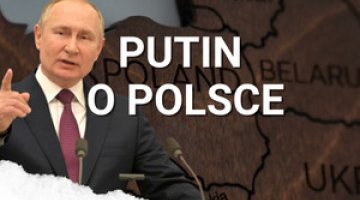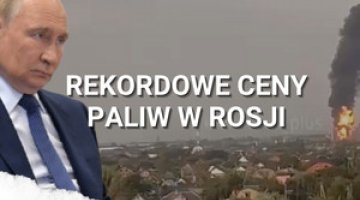Russia's military presence in the CIS: the partners are haggling
In recent months, an increase in Russian activity aimed at maintaining its military presence in the CIS has been noted. On 20 August, the Russian Defence Minister Anatoly Serdyukov and his Ukrainian counterpart Dmytro Salamatin signed a protocol in Kyiv amending the agreement on the use of land for Russia’s NITKA military training ground in Crimea.Russia will make lease payments in the form of cash payments, and not (as it has done so far) in the form of spare parts for aircraft. Russia's monopoly on use of the training ground will also be abolished; Ukraine wants to make it available to other countries (including China). Kyiv has also announced an increase in the fees for using the training ground (from US$700,000 to US$2 million). Similar negotiations are taking place in Kyrgyzstan; Bishkek aims to sign a contract concerning the use of Russian military facilities on its territory not for 49 years (as Moscow would like), but for only 15, and to introduce additional charges. (This does not cover the air base in Kant, on which agreement was reached in 2009). Tajikistan has also failed to agree on an extension of the agreement on a Russian base (which will expire in 2014) for 49 years; Dushanbe is offering a much shorter period, and has called for an increase in the rent. In Azerbaijan, a 10-year lease agreement concerning the radar station near Gabala ends this year, and Baku wants to significantly increase the fees for its operation.
Commentary
-
The move to cash settlements in Russia's military cooperation with the CIS countries has been caused by changes to how the Russian defence ministry is financed, as it now has to pay for the activities of subordinate structures (including those abroad) from its own budget, and can no longer operate on a barter system.
-
The problems with regulating the status of the Russian military bases and facilities testify to the fact that Moscow does not have strong enough instruments of influence in the region to be able to push through agreements which are fully satisfactory to it. The opposition from the CIS states stems from the fact that Russia has been treating them objectively, trying to impose conditions on them while at the same time trying to reduce the resultant costs. These problems also prove how ineffective the Russia-dominated CSTO is; the membership of Kyrgyzstan and Tajikistan in this organisation has not facilitated Moscow’s agreements with those countries. This demonstrates the unreliable nature of this element of the Russian security system, which is based on structures lying outside Russian territory.
-
Despite these difficulties, Russia will seek to finalise these agreements, as the military training grounds and bases located in the post-Soviet region are in most cases genuinely important for Russian defence and security issues. NITKA in Ukraine is the only land-based testing ground where Russian forces can practice take-offs and landings in conditions similar to those of an aircraft carrier. Moscow needs access to it in order to train its own army, as well as to carry out the training element of its contract on the sale of aircraft to India.
-
Russia's military presence in the CIS area also has an important political dimension, because it translates into influence in the region. In Russian eyes, a weakening of its presence in the region would strengthen its competitors’ position (especially that of the United States in Central Asia, as well as in Azerbaijan). Russia's military presence is also seen as a priority for the integration of the post-Soviet area.
Cooperation: Andrzej Wilk, Wojciech Górecki





